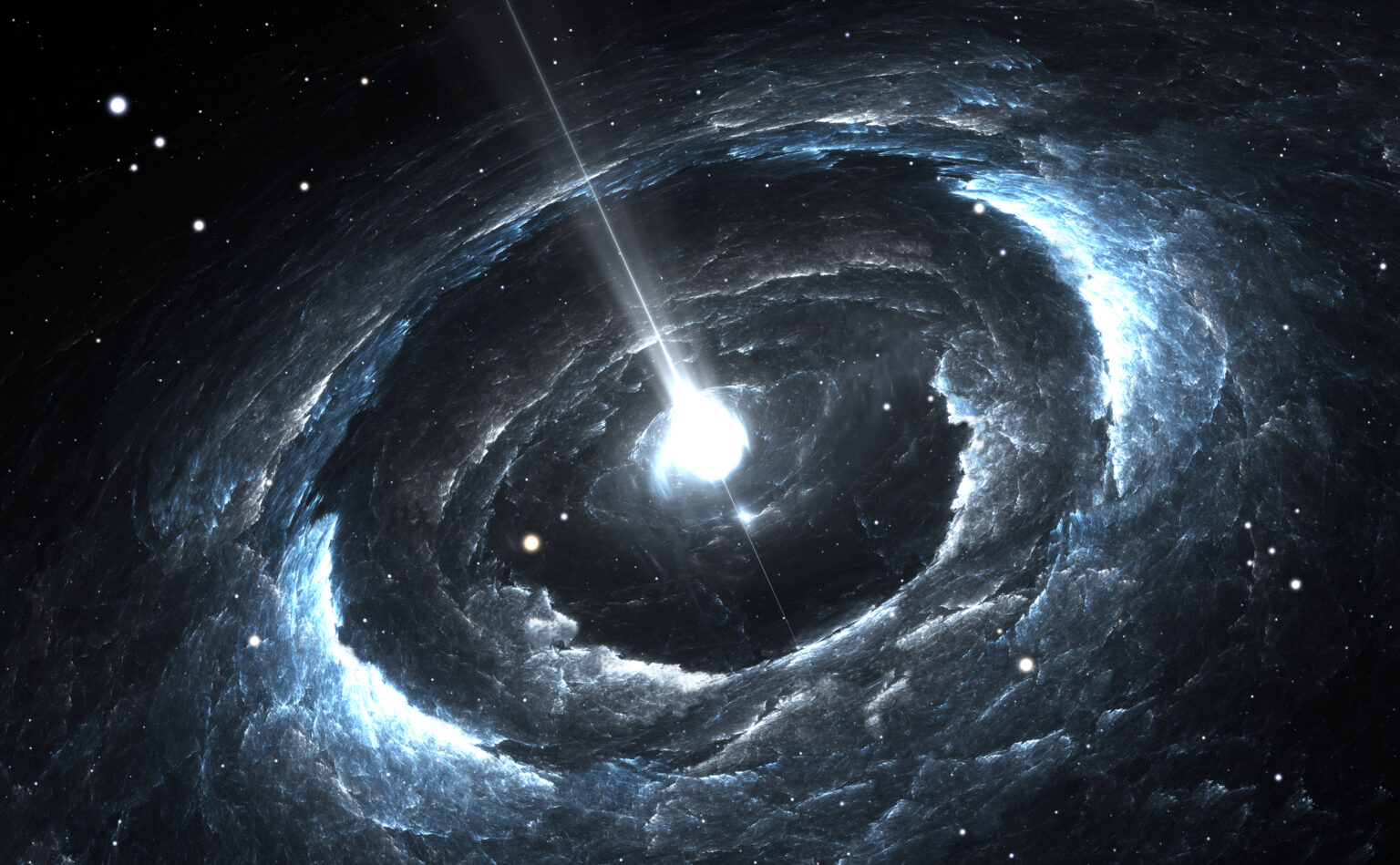Scientists working with the ASKAP radio telescope report the discovery of an amazing new neutron star. It is unique because of its incredibly long rotation period, as for similar objects. In addition, it has a rather interesting radiation structure.

Neutron star with the slowest rotation
Scientists from the University of Sydney reported that they managed to discover the neutron star ASKAP J193505.1+214841.0, which surprised them a lot with its behavior. The fact is that of all such objects, which today are known more than 3,000, it rotates the slowest.
In general, it is common for neutron stars to rotate around their own axis in thousandths and millionths of a second. This is due to the mechanism of their formation. When a massive star explodes as a supernova, its core, with a mass of about 1.5 solar masses, contracts to a diameter of 20 km.
In this case, most of the moment of inertia of the luminary is transferred to this very remnant and causes its frantic rotation. That is why processes lasting tens of seconds for a neutron star are already extremely long.
What interesting things were found in the study?
It is worth noting that the discovery was made by accident. The ASKAP radio telescope is located in western Australia. Its peculiarity is that it can observe a very large area of the sky. For this reason, it was used to search simultaneously for sources of gamma rays and fast radio bursts. However, during this, the astronomers’ attention was drawn to an unusual signal.
According to the scientists, they had two options for how it could be identified. The most likely candidate would be a white dwarf with a powerful magnetic field. However, such objects have never yet been observed outside multiple systems.
Therefore, a more likely explanation should be a neutron star with a very unusual rotation period. At the same time, scientists recognize that, after all, the discovered object may turn out to be a pair of a neutron star and a white dwarf.
Except for the unusually long rotation period, the discovered object has another interesting feature.It has as many as three different emission states, between which it switches like a Christmas tree. In the first one, it generates bright linearly polarized pulses with a periodicity of 10 to 50 seconds.
In the second, the neutron star sends out 26 times fainter signals, which are repeated every 370 ms. In the third, the object simply becomes silent. Scientists don’t know what causes such exotic behavior.
According to phys.org


